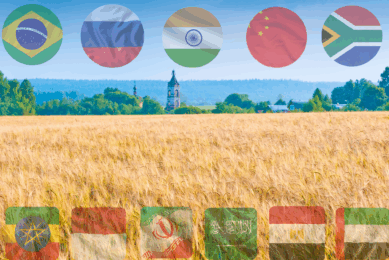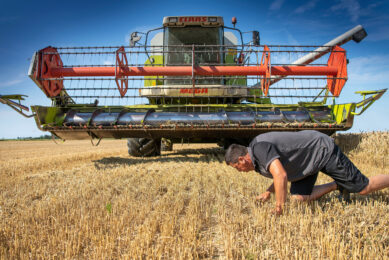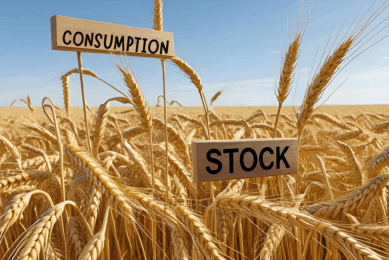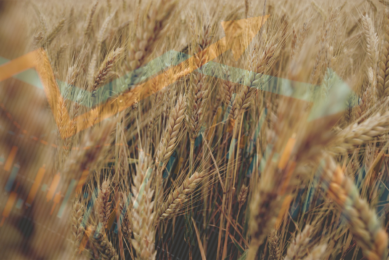French feed contains more corn
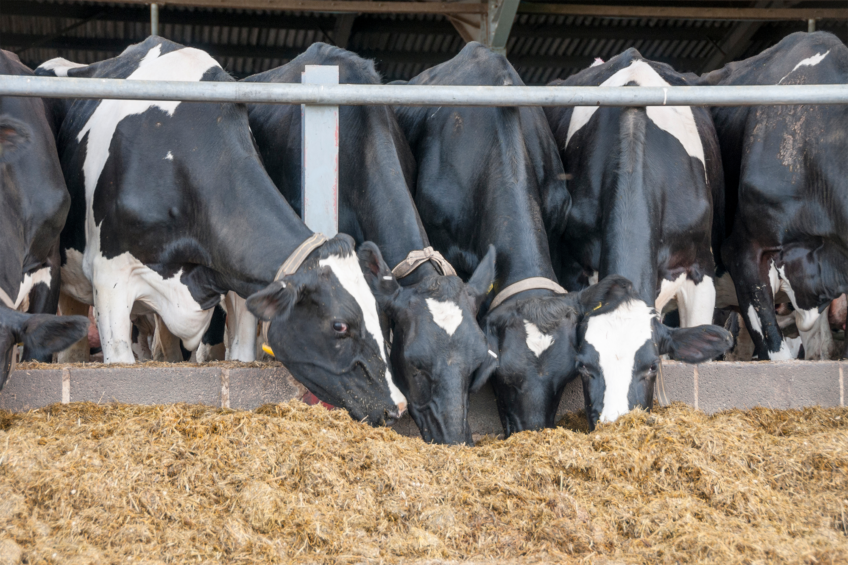
French compound animal feed this year contains more corn than in 2023. In the third quarter, 660 thousand tonnes of corn was used, an increase of 16.5% year-over-year. The use of soya cake was 22.3% higher at 743 thousand tonnes, figures from the agricultural statistics office Agreste show.
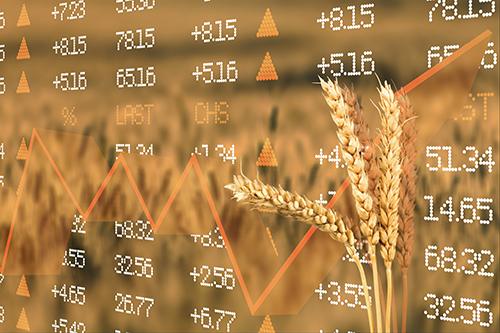
Processed feed
In contrast, feed companies processed 1.18 thousand tonnes of wheat, 6.2% less than a year earlier, the incorporation of barley was 11.7% down at 286 thousand tonnes and the use of oilseed rape cake declined by 4.7% to 596 thousand tonnes. Those figures reflect the extremely bad harvest of wheat and barley in the country. For the main crop, soft wheat, Agreste recorded the lowest production in over 40 years, the agency said earlier.
The total production of animal compound feed in France remained more or less stable in the third quarter with a slight increase of 1% to 4.557 million tonnes in the 2024 period. Of that total production,
- 1.175 million tonnes was destined for cattle,
- 1.042 million tonnes for pigs and
- 1.993 million tonnes for poultry with a particularly high increase for duck feed.
Compound feed
However, the figures also show that the total production of compound feed in France was lower in every month this year compared to 2023 so far with the exception of the month of July.
The average price of compound feed declined by 7.5% to an index of 125,8 (2020 = 100) in Q3 2024. Prices of soya cake were 16.4% lower and those for barley 12.8% lower than in the same period last year.
Earlier, the organisation of French animal feed producers Syndicat National de l’Industrie de la Nutrition Animale predicted a total production this year of 19.6 million tonnes compared tot 19.1 million tonnes last year. In 2025, that feed production could further increase to reach 20 million tonnes, SNIA hopes.




